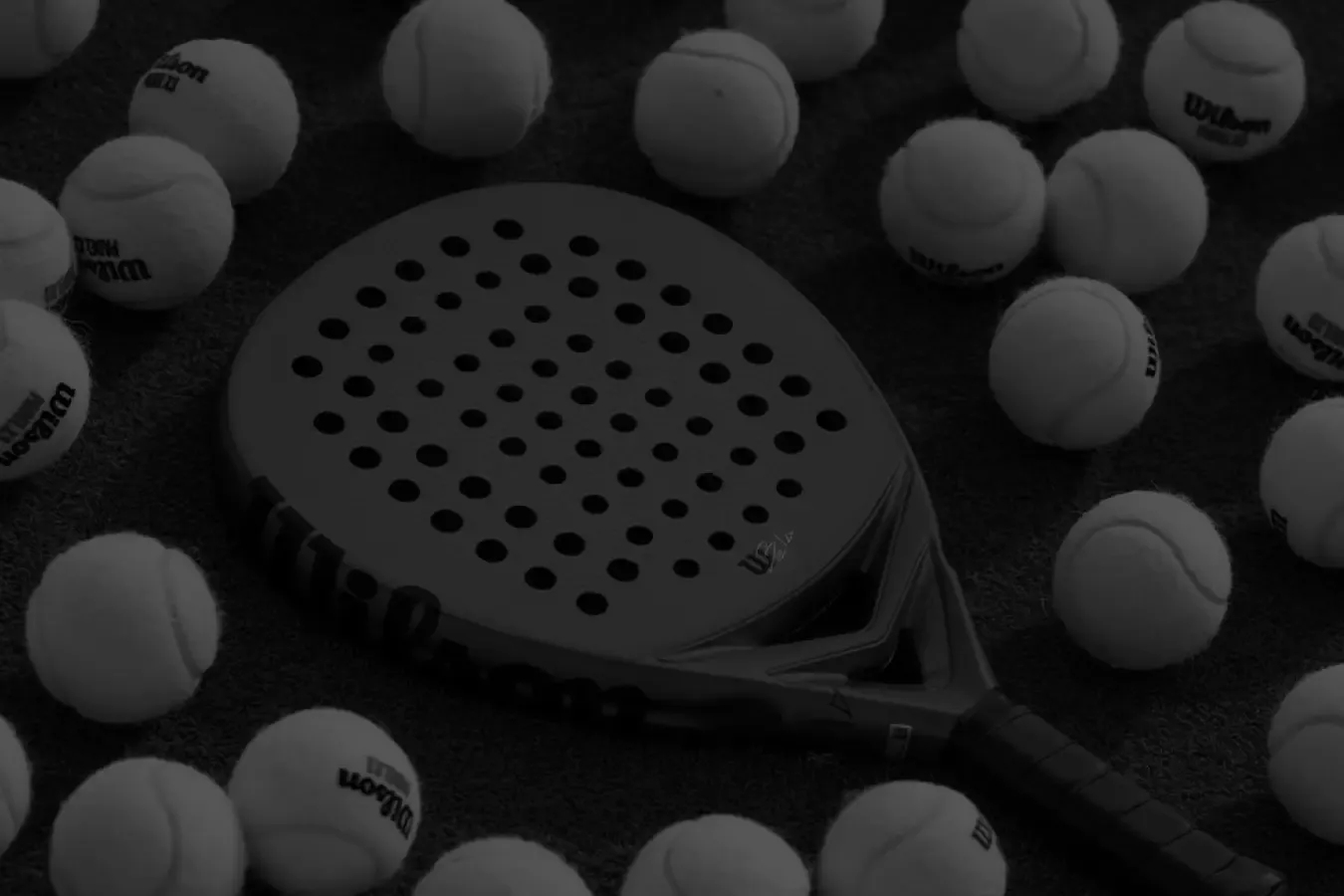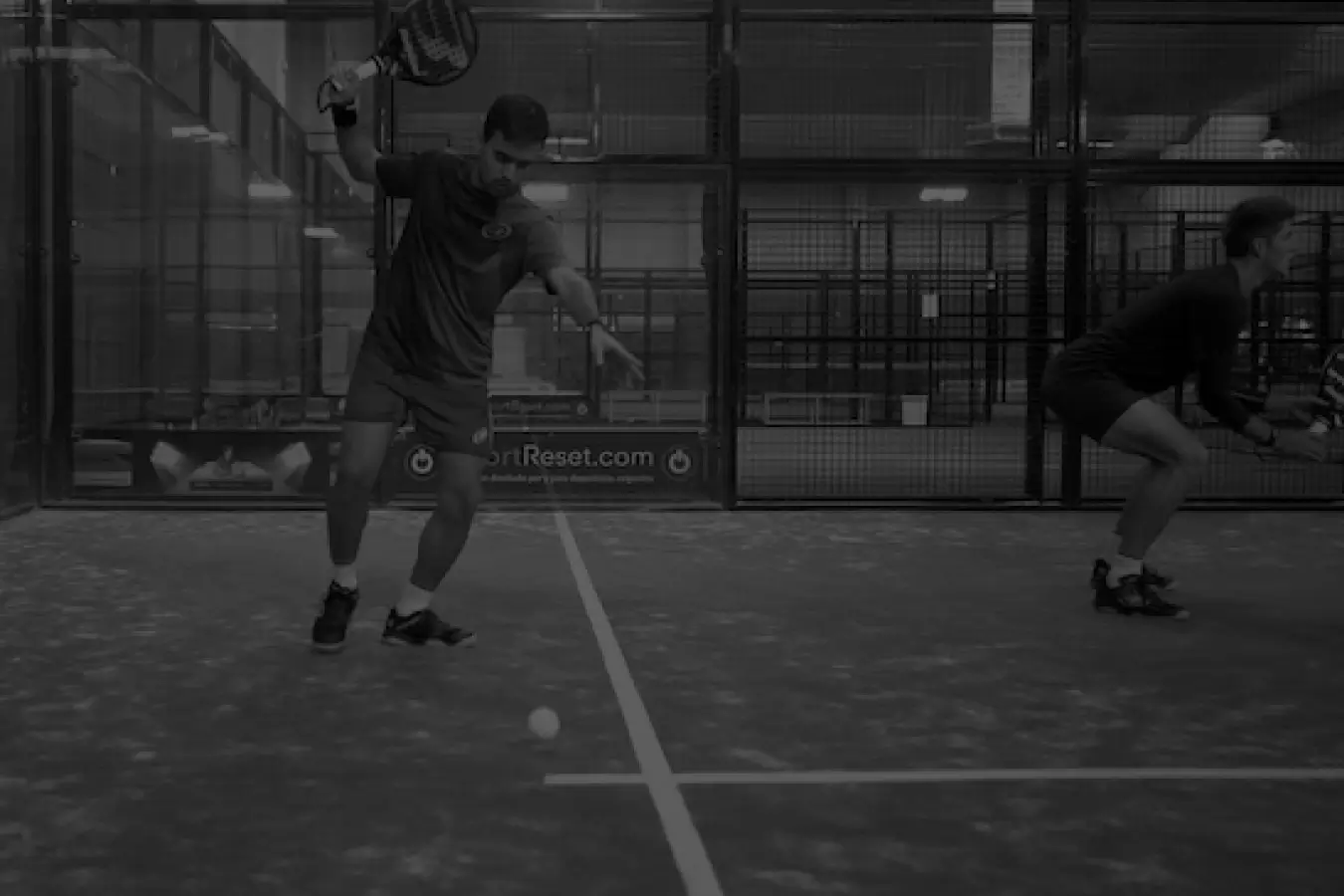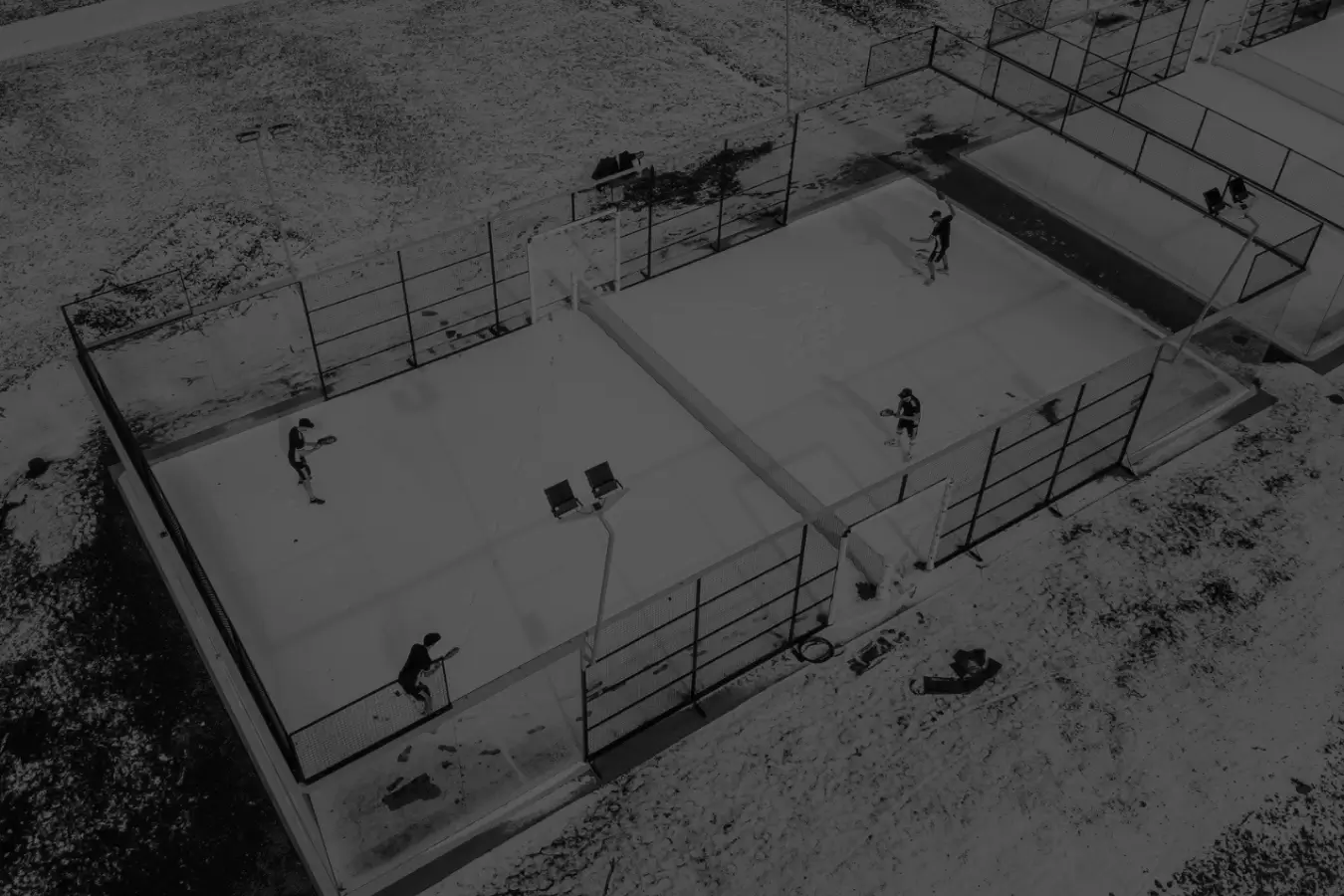The History of Padel: From a Guy’s Backyard to a Global Obsession
Okay, let’s get something straight right off the bat: Padel isn’t some ancient sport passed down by the gods, nor did it emerge from some mystical racquet game tournament in ancient Rome. Nope, it all started in the late 1960s, in the sunny, tequila-fueled beaches of Acapulco, Mexico. Picture it: Enrique Corcuera, a Mexican businessman with a love for tennis but a slight problem—his property wasn’t big enough for a full-size tennis court. Rather than giving up his dream of playing without, you know, losing the ball every five minutes, he said, “Screw it,” and created a smaller, walled court that eventually became the birthplace of padel.
Yeah, you read that right. Padel didn’t come from some elite sports league or a government sports committee. It came from one guy, in his backyard, just trying to play a game. Enrique’s walled court wasn’t just to prevent the ball from flying into his neighbor’s pool—it added a whole new dimension to the game. The walls became part of the play, and it wasn’t long before this improvised court became a hit among Corcuera’s friends. He even dubbed the sport "Paddle Corcuera" because, well, when you invent something in your own backyard, you get to name it after yourself.
But let’s not get ahead of ourselves. Corcuera’s backyard brainchild would have probably stayed there—just another quirky game nobody had ever heard of—if it weren’t for a couple of his wealthy friends with a love for Spain’s sunshine and sangria.
From Mexico to Marbella: The Spanish Connection
Enter Alfonso de Hohenlohe, a Spanish aristocrat and all-around fancy dude. In 1974, de Hohenlohe visited Corcuera’s home in Mexico and fell in love with the game. Padel was simpler than tennis, easier to learn, and didn’t require the same level of athletic prowess. Perfect for a lazy afternoon in the sun. So, what did Alfonso do? He decided to bring the game back to Spain, of course. And like any good aristocrat with too much money and time on his hands, he built a couple of padel courts at the Marbella Club on the Costa del Sol.
And let’s be real—nothing says “I’ve got too much time on my hands” like inventing a sport just to kill some time at your fancy resort. But, hey, it worked. The padel courts were an instant hit with the Marbella elite, and soon enough, more and more courts were popping up along Spain’s sun-soaked coast. It wasn’t long before a couple of tennis stars got wind of it. The legendary Manolo Santana—winner of four Grand Slam titles—was one of them, and he became an instant fan of the sport.
By the late 1970s, padel wasn’t just for bored aristocrats anymore. It was growing fast in Spain, and tournaments started springing up all over the place. It became the go-to game for people who loved the vibe of tennis but hated all the running and sweat that came with it.
Argentina Steps In and Says, “Hold My Mate”
Now, Spain may have popularized the sport in Europe, but it was Argentina that took padel to the next level. In 1975, Julio Menditenguia, an Argentine millionaire with a penchant for all things posh, visited Marbella, saw padel, and thought, “Why not bring this back to Argentina?” So, he did.
In Argentina, padel went from a cute little novelty sport to a full-blown national obsession. Think soccer, but with racquets and a lot fewer injuries. By the 1990s, padel had exploded in Argentina, with courts popping up all over the country and tournaments becoming more and more competitive. It was like a racquet-based soap opera—drama, excitement, high-flying shots, and players diving into walls to make last-ditch saves.
At its peak, Argentina had more than two million active players and over 10,000 courts. Let that sink in for a second. A sport invented in a backyard in Mexico now had millions of players in Argentina alone. It was as if the world had found the Goldilocks of racquet sports—not too hard, not too soft, but just right.
The 90s: Padel Goes Global (Sort of)
So, now you’ve got Mexico, Spain, and Argentina all in on the padel action. But the sport wasn’t going to stay confined to those three countries for long. In 1991, the International Padel Federation (FIP) was formed, because, of course, what’s a sport without a fancy federation to oversee everything? The FIP’s creation marked padel’s formal entry into the world of international sport, and in 1992, the first-ever World Padel Championships were held in the dual cities of Madrid and Seville.
Padel had officially made the leap from casual backyard pastime to a legitimate sport. But even with all this success, it wasn’t until the 2000s that padel really began to spread its wings. In 2005, the Padel Pro Tour was created, which later morphed into the World Padel Tour. This professional circuit brought top players from all over the globe to compete in high-level tournaments, showcasing the best of the best. Padel had gone pro, baby.
And yet, despite its growing international appeal, padel remained a bit of an enigma outside of Spain and Argentina. Sure, it was big in Latin America and Southern Europe, but other parts of the world were still catching up. In countries like the United States and the United Kingdom, padel was more of a curiosity than a mainstream sport.
The Rules of Padel: Tennis with a Twist
Before we move on to how padel took over the world, let’s take a quick pit stop to talk about what actually makes padel, well, padel. You might be thinking, “This sounds a lot like tennis, right?” Well, yes and no. Padel uses tennis scoring, but the similarities pretty much stop there.
The court is smaller, measuring 20 meters long and 10 meters wide. Oh, and don’t forget the walls—those bad boys are a crucial part of the game. You can hit the ball off the walls, making for some seriously wild and unpredictable rallies. The racquets are different too—solid and stringless, they look more like oversized ping pong paddles than tennis racquets. And the balls? They’re like tennis balls but with slightly less pressure, making them slower and easier to control.
Here’s the thing: while tennis is all about power and finesse, padel is more about strategy and teamwork. It’s almost always played in doubles, which makes it a much more social sport. You don’t have to be an athletic freak to be good at padel; you just need a decent amount of coordination, a bit of strategy, and a willingness to dive into walls now and then. It’s part of the charm.
The Global Boom: Padel Takes Over the World
Fast forward to the 2010s, and padel was no longer a niche sport played by rich people in Spain and Argentina. It had gone mainstream, and countries like Italy, Sweden, and France were hopping on the bandwagon. Europe, in particular, has become a hotbed of padel activity. Spain alone has over 20,000 courts and an estimated six million players. In Sweden, it’s growing faster than IKEA stores, with courts springing up in cities that barely had tennis courts five years ago.
But the real kicker? Padel’s growth hasn’t slowed down. In fact, it’s accelerating. By 2020, padel had more than 25 million players in over 90 countries. And it’s not just amateurs either—the sport’s professional scene is booming, with events like the World Padel Tour drawing in massive crowds and big sponsorship deals. Even major athletes from other sports are getting in on the action. Cristiano Ronaldo and Neymar are both avid padel players, which is kind of a big deal. When you’ve got soccer superstars singing your praises, you know you’ve made it.
Why Is Padel So Damn Popular?
Now, you might be wondering, “What’s the big deal with padel? Why is everyone so obsessed with it?” Well, here’s the thing: padel is ridiculously easy to learn and even easier to fall in love with. You don’t need to be a super athlete to play it. You don’t need a massive court. And because it’s mostly played in doubles, it’s as much a social event as it is a competitive sport.
Plus, it’s got that perfect balance of fun and challenge. The walls add an element of unpredictability, and the smaller court size means that rallies last longer and feel more intense. There’s a reason why people say padel is more fun than tennis—it’s faster, more accessible, and a whole lot more social.
It also helps that padel is incredibly inclusive. You don’t have to be young, fit, or even particularly coordinated to enjoy it. Whether you’re a seasoned athlete or just looking for a fun way to burn some calories, padel’s got you covered.
The Future of Padel: What’s Next?
So, what’s next for padel? Well, the future looks bright. There’s already talk of padel becoming an Olympic sport, which would be a huge step for the game. More countries are building courts, more people are picking up racquets, and the sport’s professional scene is only getting bigger.
In the next decade, it wouldn’t be surprising if padel becomes one of the top racquet sports
to become a global sensation. In places like the UK and the United States, where padel was once an unknown curiosity, the sport is finally breaking through. And with the current rate of growth, it wouldn’t be surprising to see padel courts popping up in every major city across the globe.

Padel’s journey from a backyard game to an international sport is nothing short of remarkable. It’s a testament to the fact that sometimes the best things in life come from the simplest ideas. Enrique Corcuera never imagined that his walled court in Mexico would evolve into a sport played by millions. But here we are, half a century later, and padel is showing no signs of slowing down.
If you haven’t tried padel yet, maybe it’s time to grab a racquet, find a court, and see what all the fuss is about. Who knows? You might just get hooked on the sport that’s taken the world by storm.















Discussion